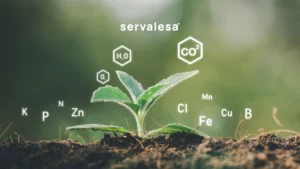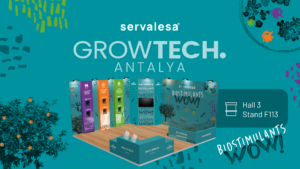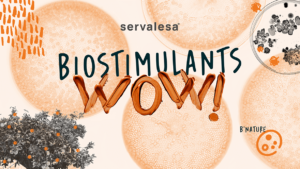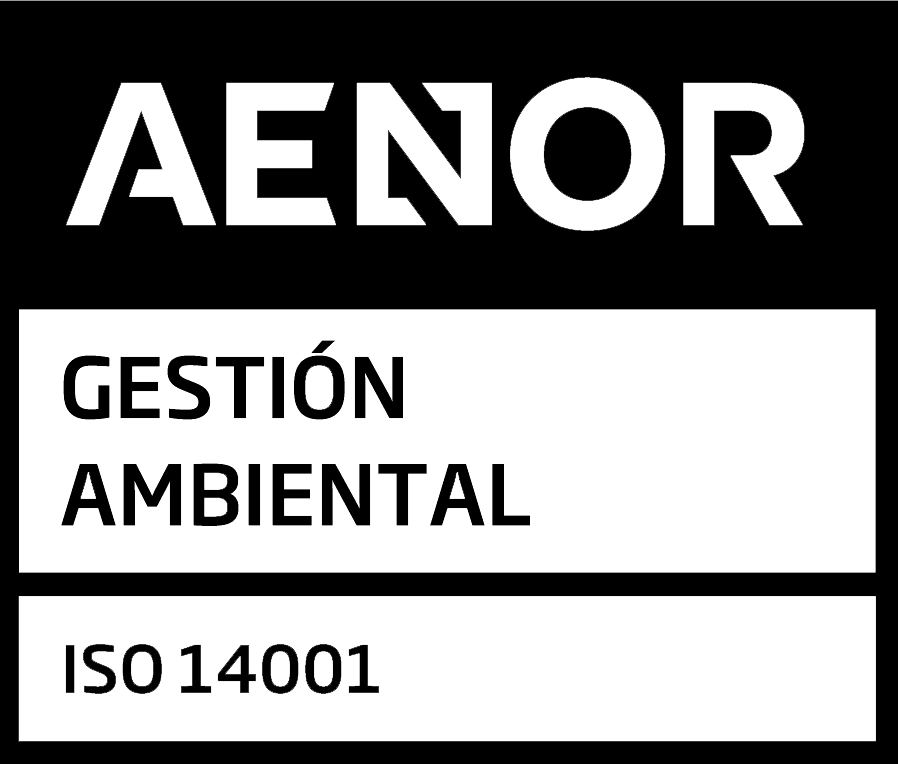A change in the European philosophy for placing these products on the market
Context
The harmonized regulatory framework for fertilizers in Europe from which we will soon bid farewell dates back to 2003, when the market context for these products was, for obvious reasons, quite different from the current one, both in terms of quality and volume. The intention of such a Regulation was always to harmonize the internal market, however, this objective has been far from being achieved, since a very significant amount of fertilizer products were left out of the scope of the Regulation. All those organic, organo-mineral products or products with nutritional or other indirect effects on the crop beyond providing nutrients were not covered by EC Regulation 2003/2003. Therefore, harmonization was limited to inorganic products or conventional mineral fertilizers, with the objective expressed in the standard of ensuring their quality, safety for users and avoiding harmful effects on the environment.
Paraphrasing one of the premises of this Regulation “Community legislation on fertilizers has a very technical content”, so it is not the aim of this post to analyze it in detail. However, it is worth mentioning the procedure for making a product available to users under this regulation. The most defining characteristic of this Regulation is that no product evaluation procedure had to be carried out by the Competent Authority or any Evaluation Body. It is the sole responsibility of the manufacturer to ensure quality, understood as the assurance of the minimum content of nutrients declared in each type of fertilizer listed in Annex I of the Regulation. If we add to this the scarcity of systematic controls on the undeclared composition of the products by the Authority, the practical consequence of this context has been and is widely known by the whole sector. The “EC fertilizers” have been a catch-all for products with an undefined composition at least, or directly fraudulent in others.
The new harmonized regulatory framework that comes into force on July 16 of this year represents an absolute paradigm shift in terms of all the ideas expressed in the previous paragraphs and which emanated from the previous Regulation.
- Harmonization will be much broader, leaving out, of course, only a large part of the biostimulant microorganisms, but including all organic, organo-mineral or non-microbial biostimulants.
- The classification of products will now follow two criteria, the PFC (Product Functional Category), which would be equivalent to a certain extent to the fertilizer type according to the previous regulation, but also the CMC (Component Material Category), i.e. the raw materials used. This requirement is, in our opinion, of great relevance, as it establishes technical and legal acceptance criteria (Reach+ Registration) of the different raw materials according to their origin and functionality.
- And most significantly, all products must have passed a Conformity Assessment, this being of an external nature by a Notified Body accredited by the Authority, for the most sensitive products such as biostimulants.
Although this Regulation was created with the objective of covering the lack of harmonization, it also aims to promote the use of recycled materials from the internal market, contributing to develop the concept of Circular Economy within a clear idea of Sustainable Agriculture, emphasizing the quality criteria of the raw materials used, preventing the use of those whose quality standards are outside the criteria of safety for users and the environment. For example, establishing maximum limits for residues ranging from heavy metals to organic pollutants, including specific substances such as the always controversial phosphonates, whose content is clearly restricted.
As mentioned above, it is not the purpose of this post to list the specific new features that the new Regulation establishes in comparison with the previous one for placing a product on the European market, but we must establish the absolutely opposite conception of the philosophy that drives the drafting of both regulations. While the previous one left out a large number of products present in the EU market and based its acceptance criteria only on the declared composition of the products and with a scarce control and inspection regime, the current one establishes that all products must be evaluated and that such evaluation must end in a Declaration of Conformity that must be available to the Competent Authority.
Despite all the above, we must not lose sight of the fact that this is a standard whose compliance is absolutely voluntary, since the current national fertilizer standards will remain valid, ensuring the Principle of Mutual Recognition contained in EU Regulation 2019/515 the free movement of fertilizers. This at least in the theoretical aspect, because the practical reality with which we find manufacturers is the refusal of some members to recognize this principle of Mutual Recognition.
With all this, the evolution of the context of the regulatory framework of the fertilizer market in the European Union undergoes a profound change of concept. In practice, a certain level of ambiguity remains as long as controls and inspections are not more effective. It is therefore also the responsibility of the manufacturers to choose the route of entry into the market. Servalesa in the interest of continuing to demonstrate a clear commitment to rigor and transparency has adapted its product catalog to place products on the EU market by two routes:
- EU Regulation 2019/1009 for all those PFCs other than biostimulants, whose agronomic evaluation criteria are still pending. Servalesa has chosen Module D evaluation that will not only examine the products, but also the already accredited quality system.
- The national regulations for the key biostimulants in our catalog in those countries where the products and their composition pass a direct evaluation by the Authority, ruling out registration in Member States involving a single declaration of content.
In this new context, our objective is to continue the work of building a complete catalog that combines the latest technology in the development of biostimulants and that, at the same time, these comply with both the new regulations that come into force as of July 2022 or with one of the many national regulations that govern the placing on the market of biostimulants in the different Member States of the European Union. To achieve this, the Regulatory team of Servalesa has been working on the adaptation of these products to the requirements of this new Regulatory Framework, in order to, according to the business culture that defines us, faithfully comply with the new requirements of this Framework, with an approach of maximum rigor and transparency to ensure safety, peace of mind and confidence to all customers and users of Servalesa technology.
Roberto Ramos
I+D y Regulatory department at Servalesa




